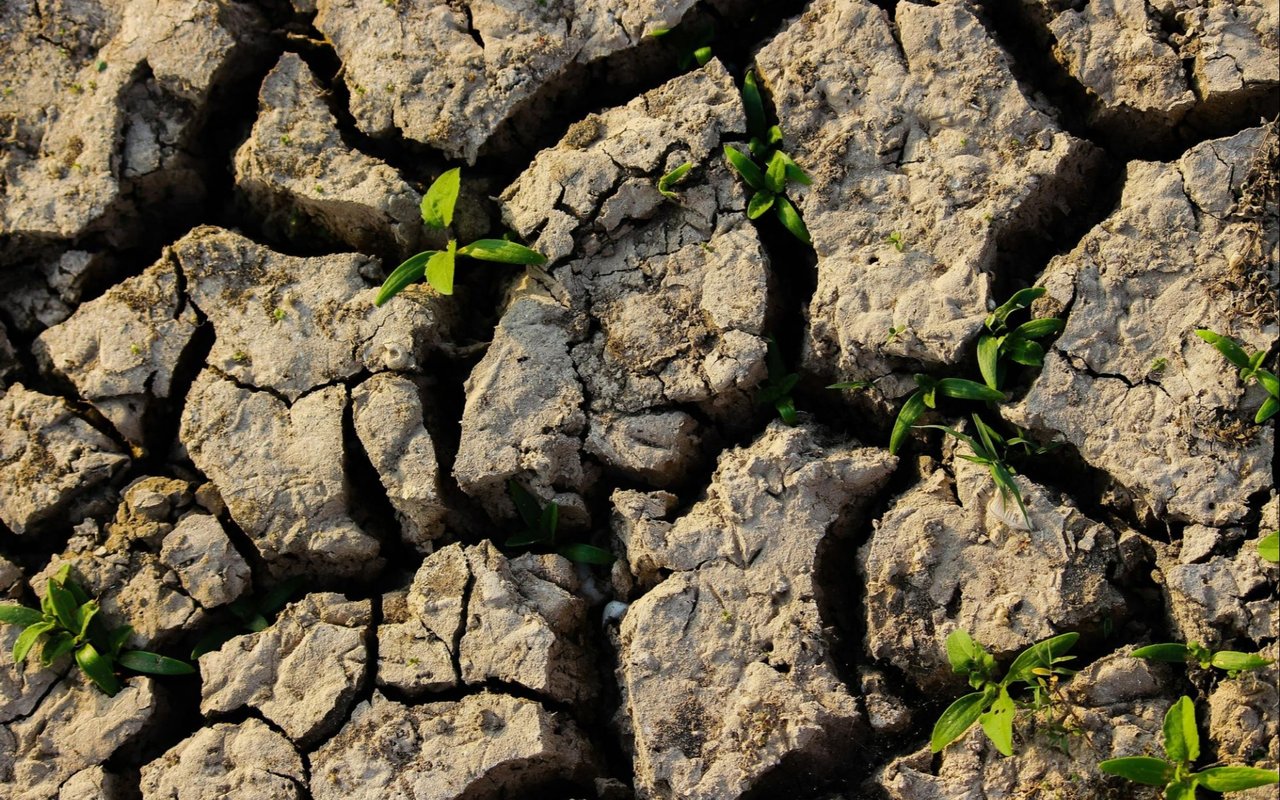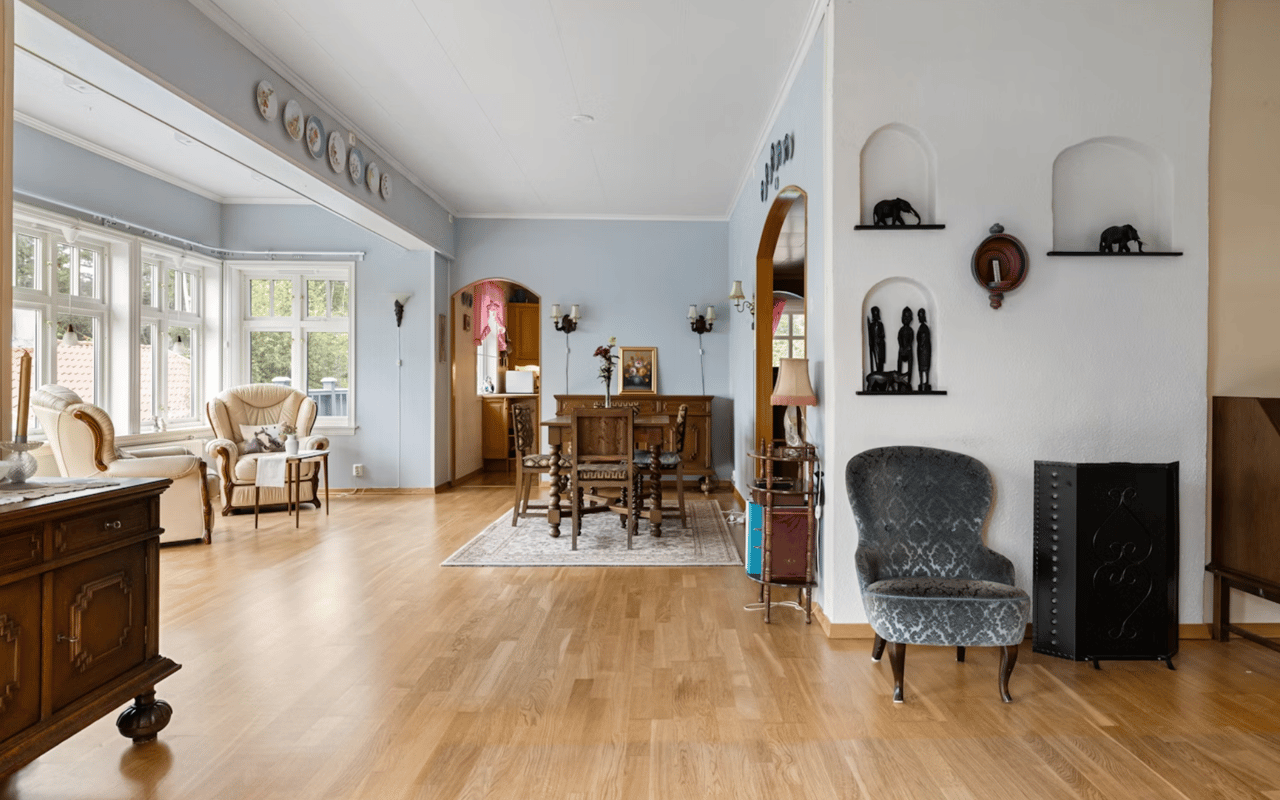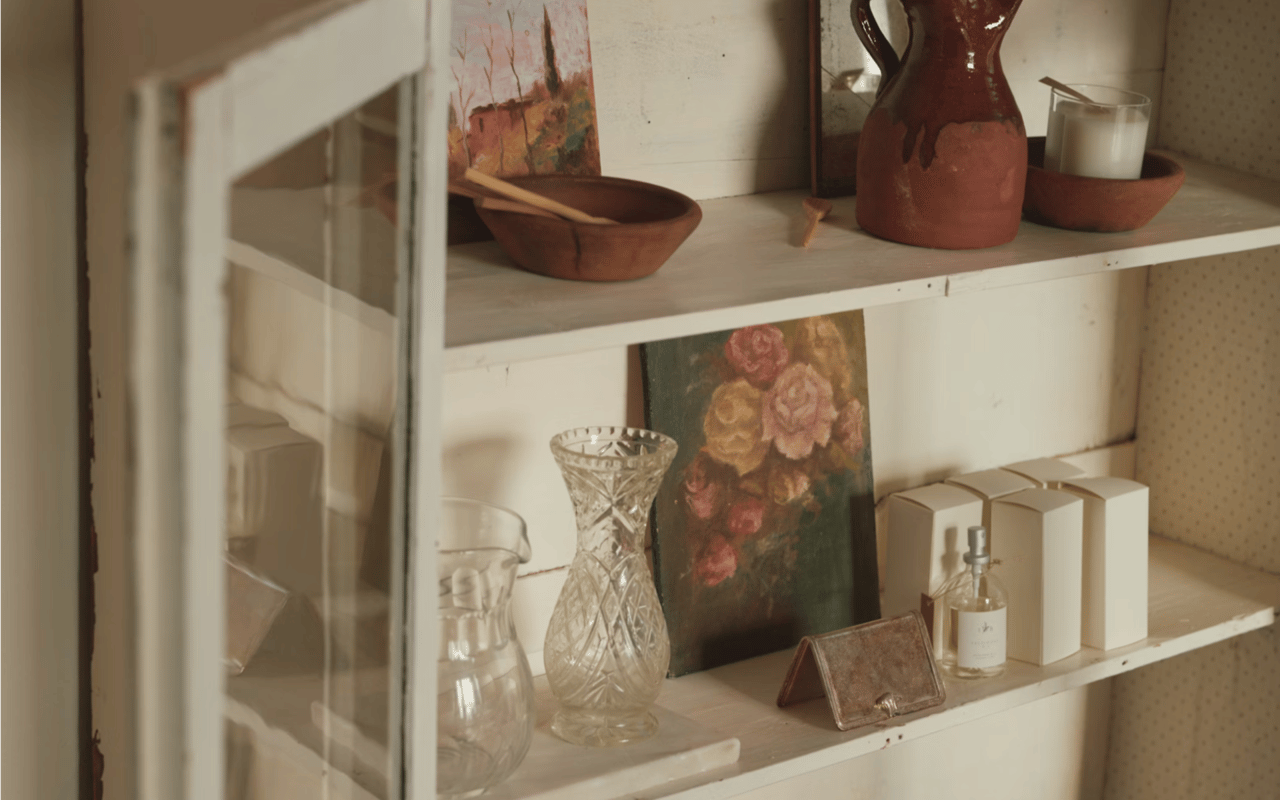You live in a stunning setting where snow, rapid temperature swings, clay-heavy soils, and summer downpours can all happen in the same year. That combination makes Boulder a spectacular place to call home, and it also makes your foundation work a little harder.
If you want to protect your biggest investment, you need a plan that keeps water moving away from the structure, controls soil moisture, and spots minor problems before they become major repairs. This guide will walk you through exactly how to accomplish that with clear steps tailored to Boulder conditions. By the end, you will have a foundation care routine that is simple to follow and effective enough to prevent most costly surprises.
Climate, Soil, And Elevation
Boulder’s freeze–thaw cycles can be tough on concrete. When water enters tiny surface pores and freezes, it expands, which can widen hairline cracks and accelerate deterioration. The city also sits on variable soils that can include expansive clays. Those clays swell when wet and shrink when dry, which can move your foundation up and down if moisture is not well managed.
Elevation and slope add another wrinkle. Many homes in Boulder sit on lots that shed water quickly during storms. If grading and drainage are poor, that water can collect beside your foundation walls or under slabs. Over time, repeated wetting and drying can create differential settlement, where one part of the foundation moves more than another. That is when you start to see stair-step cracks in masonry or doors that suddenly stick.
Elevation and slope add another wrinkle. Many homes in Boulder sit on lots that shed water quickly during storms. If grading and drainage are poor, that water can collect beside your foundation walls or under slabs. Over time, repeated wetting and drying can create differential settlement, where one part of the foundation moves more than another. That is when you start to see stair-step cracks in masonry or doors that suddenly stick.
Grading And Drainage
Proper grading is your first line of defense. The soil around your home should slope away at least six inches over the first ten feet. That simple profile moves surface water out and away rather than letting it pool along your walls. If your yard is flat or slopes toward the house, consider bringing in a landscape contractor to regrade and add swales that intercept and redirect runoff.
French drains, area drains, and catch basins can be great additions on Boulder’s hillside lots. These subsurface systems collect and channel water to a safe discharge point. If you already have them in place, make sure they are not clogged with sediment or roots. A quick camera inspection every few years costs far less than repairing a wall that has been under hydrostatic pressure for a decade.
French drains, area drains, and catch basins can be great additions on Boulder’s hillside lots. These subsurface systems collect and channel water to a safe discharge point. If you already have them in place, make sure they are not clogged with sediment or roots. A quick camera inspection every few years costs far less than repairing a wall that has been under hydrostatic pressure for a decade.
Control Roof Runoff
Gutters and downspouts are simple, but they do the heavy lifting. Clean them at least twice a year, or more often if you are under mature trees. Even a minor clog can cause water to overflow and concentrate right at your foundation. Downspout extensions should discharge at least six feet from the house. If site constraints make that a challenge, consider a buried drain line that carries water to daylight or a dry well.
If your home features a sump system, test it before the first major spring melt. Pour a bucket of water into the pit and confirm that the pump activates and discharges properly. Add a battery backup if you do not already have one. A backup pump can prevent a wet crawlspace or basement that soaks your foundation walls.
If your home features a sump system, test it before the first major spring melt. Pour a bucket of water into the pit and confirm that the pump activates and discharges properly. Add a battery backup if you do not already have one. A backup pump can prevent a wet crawlspace or basement that soaks your foundation walls.
Keep Soil Moisture Consistent Year-Round
Expansive soils do not like extremes. You can help by keeping the soil immediately around your foundation evenly moist — not soaked and not bone-dry. In dry spells, run a soaker hose 12 to 18 inches from the foundation, set to a low flow that dampens the top few inches of soil. In wet seasons, dial back irrigation and check that sprinkler heads are not spraying your walls or window wells.
This balance is particularly important if you have large trees near your home. Roots pull moisture from the soil, which can cause localized drying and shrinkage. Work with an arborist to manage tree watering in a way that protects the tree without stressing the soil next to the house. If you are planting new trees, choose species with less aggressive root systems, and position them far enough from the foundation to prevent future heave or settlement.
This balance is particularly important if you have large trees near your home. Roots pull moisture from the soil, which can cause localized drying and shrinkage. Work with an arborist to manage tree watering in a way that protects the tree without stressing the soil next to the house. If you are planting new trees, choose species with less aggressive root systems, and position them far enough from the foundation to prevent future heave or settlement.
Watch For Early Warning Signs And Track Them
Small changes can be easy to ignore, but they are your best early indicators of issues. Keep an eye out for new or widening cracks in the interior drywall, stair-step cracks in brick or block, doors or windows that suddenly stick, sloping floors, or gaps between baseboards and flooring. A musty smell or efflorescence (white mineral deposits) on basement walls can also point to chronic moisture.
Document what you see. Use a pencil to date small cracks, or place crack monitors or simple tape measures to track movement over time. If a crack grows more than one-sixteenth of an inch in a few months, or if you notice multiple symptoms at once, contact a structural engineer for a professional assessment. The cost of an inspection is often a fraction of what you would spend if you wait until the problem is severe.
Document what you see. Use a pencil to date small cracks, or place crack monitors or simple tape measures to track movement over time. If a crack grows more than one-sixteenth of an inch in a few months, or if you notice multiple symptoms at once, contact a structural engineer for a professional assessment. The cost of an inspection is often a fraction of what you would spend if you wait until the problem is severe.
Landscape With Your Foundation In Mind
Mulch is your friend. A few inches of organic mulch around plantings near the house helps maintain consistent soil moisture and reduces erosion. Just be sure the mulch is not stacked against the siding; maintain at least a few inches of clearance.
Hardscape choices matter, too. Impermeable patios or walkways that slope toward the house can funnel water to the wrong place. If you are installing new flatwork, design it to pitch away, and consider permeable pavers that allow water to infiltrate and disperse more naturally. Simple choices during a landscape project can save you thousands of dollars in structural work later.
Hardscape choices matter, too. Impermeable patios or walkways that slope toward the house can funnel water to the wrong place. If you are installing new flatwork, design it to pitch away, and consider permeable pavers that allow water to infiltrate and disperse more naturally. Simple choices during a landscape project can save you thousands of dollars in structural work later.
Protect The Base, Protect Everything Above It
Your foundation carries the weight of everything you love about your home. When you manage water, maintain consistent soil moisture, track warning signs, and bring in the right experts at the right time, you can prevent minor issues from snowballing. You also gain the confidence that comes from knowing you are proactively protecting your equity and your peace of mind.
If you’re ready to take the next step in your Boulder real estate journey, let Kim Hullett lead with confidence and clarity.
If you’re ready to take the next step in your Boulder real estate journey, let Kim Hullett lead with confidence and clarity.






